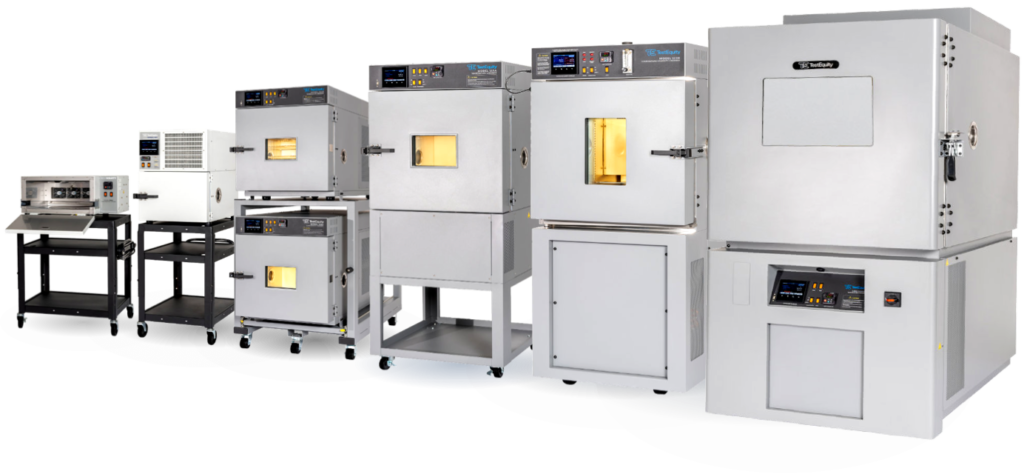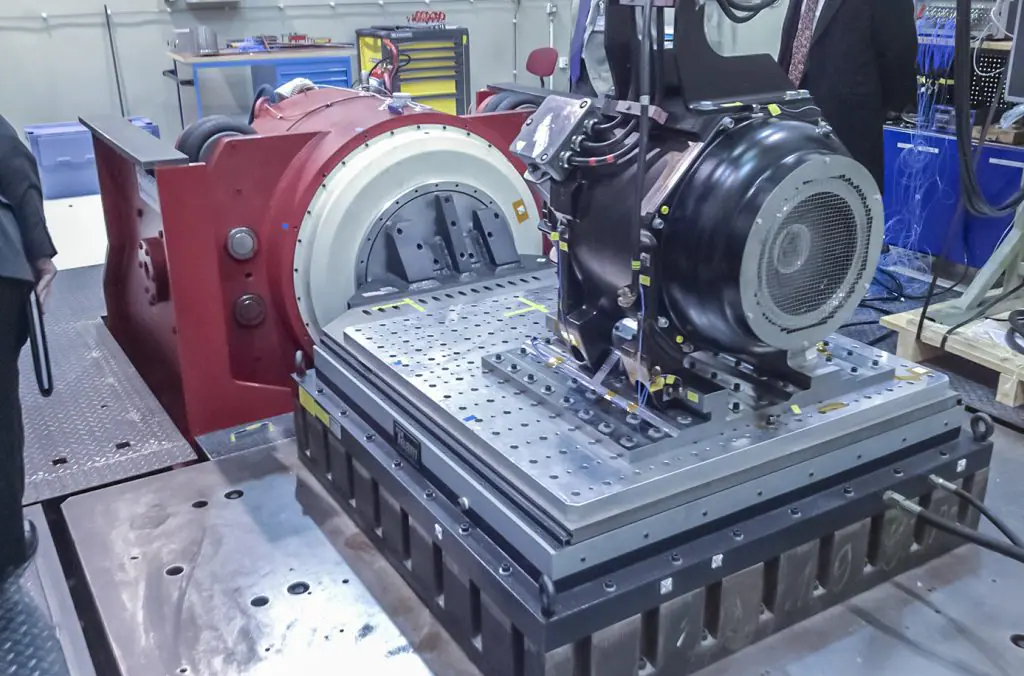In the realm of electronic testing and analysis, MIL-STD (Military Standard) testing stands as a cornerstone, ensuring the reliability, durability, and performance of electronic components in critical applications, particularly within the military domain. This set of standards outlines rigorous testing procedures that electronic components must undergo to meet the stringent requirements of military applications. In this blog post, we will delve into the significance of MIL-STD testing, its common standards, and the impact it has on the electronic components used in military systems.
Understanding MIL-STD Testing
What is MIL-STD Testing?
MIL-STD testing is a comprehensive set of standards developed by the United States Department of Defense (DoD) to establish uniform engineering and technical criteria for military-unique or significantly modified commercial processes, procedures, practices, and methods. These standards are designed to ensure that electronic components meet specific performance, reliability, and environmental requirements critical for military applications.
Significance of Mil-Std Testing
Military applications demand a level of reliability that surpasses standard commercial requirements. MIL-STD testing aims to ensure that electronic components can withstand the harsh conditions and extreme environments often encountered in military operations.
Military systems involve a multitude of electronic components from different manufacturers. MIL-STD testing includes standards that address interoperability concerns, ensuring seamless integration and communication between diverse electronic devices.
Electronic components used in military applications must operate flawlessly in a wide range of environmental conditions, from scorching deserts to freezing arctic landscapes. MIL-STD testing includes standards such as MIL-STD 810, which focuses on environmental factors like temperature, humidity, and vibration.
MIL-STD testing provides a standardized framework for testing electronic components. This ensures that all suppliers adhere to the same set of criteria, promoting consistency and reliability across different military systems.
Common MIL-STD Standards in Electronic Testing
MIL-STD 810: Environmental Testing

MIL-STD 810 is a widely recognized standard that addresses environmental testing for electronic components. It includes a series of test methods to evaluate the performance of equipment in various environmental conditions. This may involve exposing electronic components to extreme temperatures, humidity levels, and mechanical vibrations to simulate real-world scenarios.
Mil-Std 883: Microelectronics Test Methods

MIL-STD 883 is a comprehensive standard that outlines test methods for microelectronic devices, covering aspects such as electrical, mechanical, and environmental testing. This standard is crucial for ensuring the reliability and longevity of electronic components in military applications.
MIL-STD 461: Electromagnetic Interference (EMI) and Compatibility (EMC) Testing

Electromagnetic interference (EMI) and electromagnetic compatibility (EMC) are critical considerations in military electronic systems. MIL-STD 461 establishes the requirements for EMI and EMC testing, ensuring that electronic components can operate without interference in electromagnetic environments.
MIL-STD 202: Mechanical Shock and Vibration Testing

Mechanical shock and vibration can pose significant challenges to electronic components, especially in military settings where equipment may be subject to abrupt movements. MIL-STD 202 outlines the procedures for testing the resilience of electronic components to mechanical shock and vibration.
MIL-STD 1399: Power Quality for Navy Ships
Military vessels, particularly Navy ships, present unique challenges in terms of power quality. MIL-STD 1399 addresses power quality standards for shipboard systems, ensuring that electronic components can operate reliably in maritime environments.
Conclusion
In the complex landscape of electronic testing, MIL-STD standards stand as guardians of reliability and performance, particularly in the stringent requirements of military applications. By subjecting electronic components to a battery of tests covering environmental extremes, electromagnetic conditions, and mechanical stress, MIL-STD testing ensures that these components meet the uncompromising standards set by the military. As technology evolves, so do the MIL-STD standards, adapting to the challenges posed by emerging technologies.
For electronic engineers and professionals involved in military applications, a deep understanding of MIL-STD testing is not just a requirement but a strategic necessity. It is the key to ensuring that electronic components deployed in critical military systems operate with the utmost reliability, resilience, and interoperability, contributing to the success and safety of military operations worldwide.
